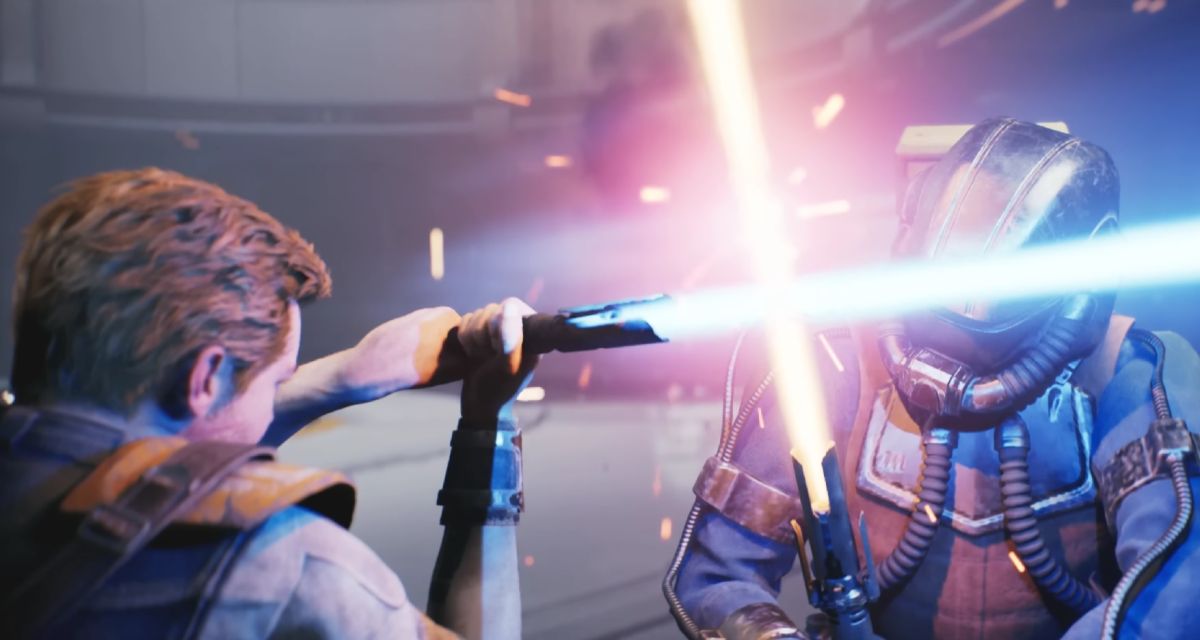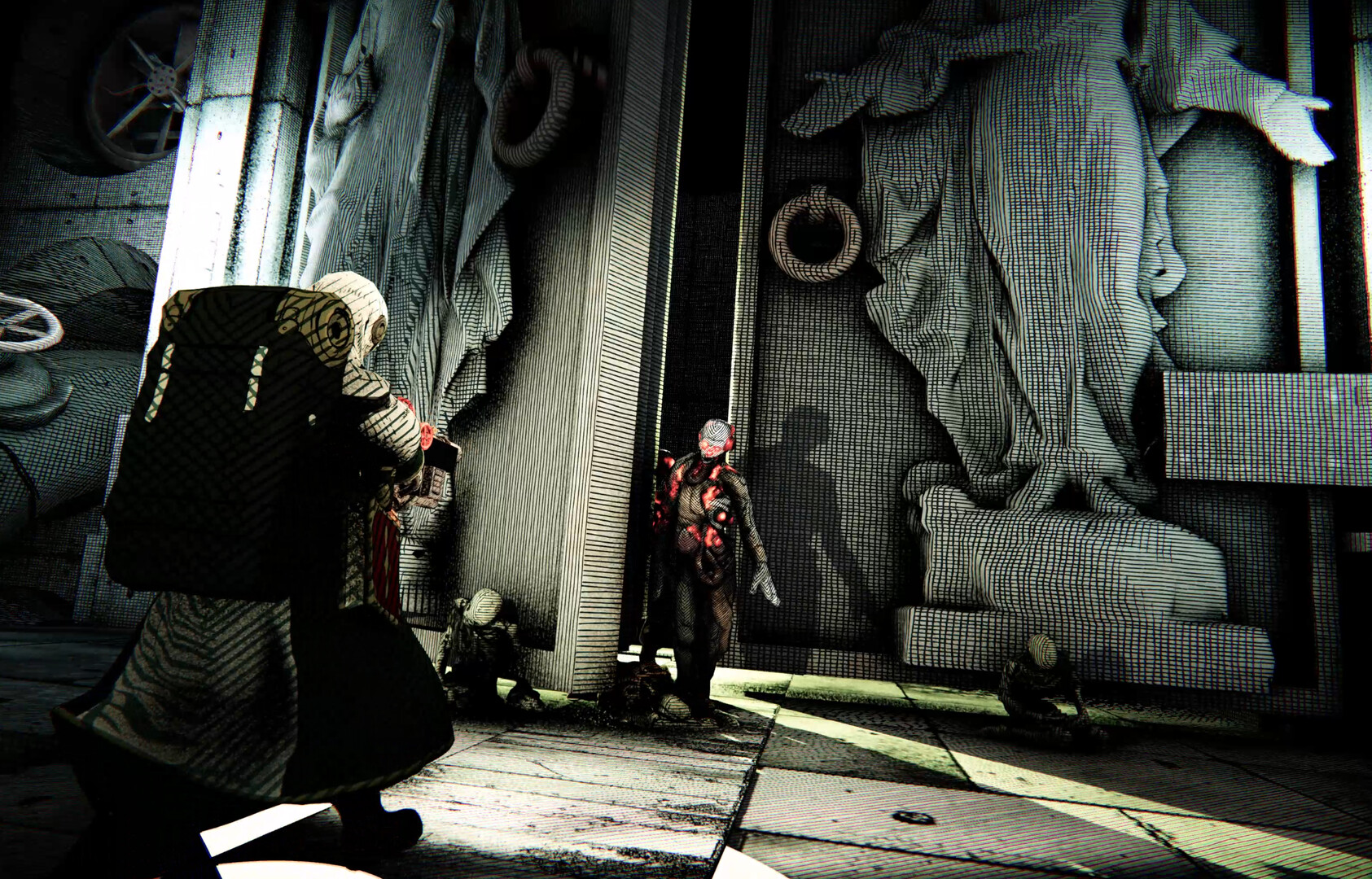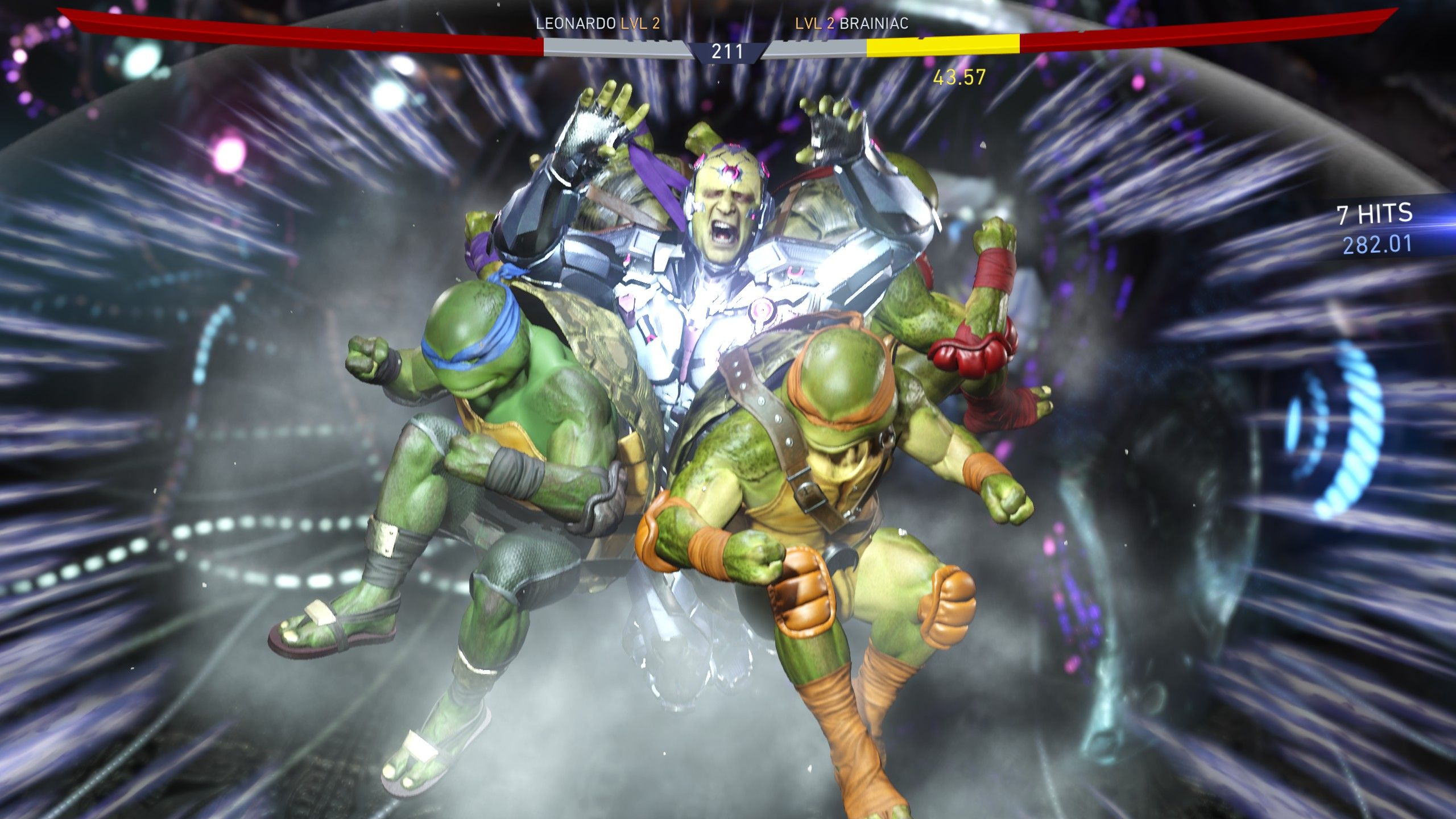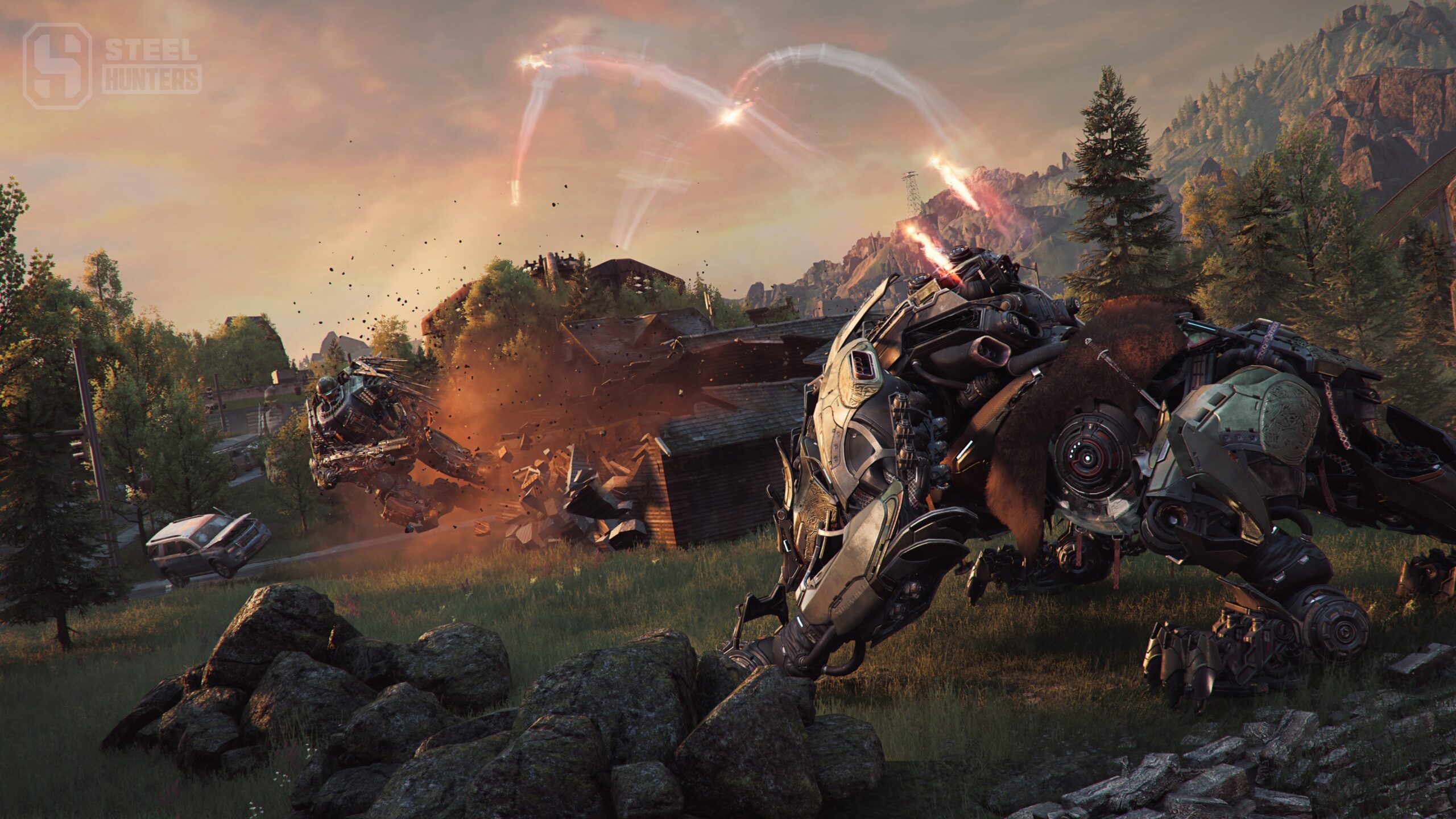AMD’s software division is working overtime at the moment. Along with expanding its Fluid Motion Frames technology to RX 6000-series graphics cards, a neat feature has been added to the game overlay in the latest preview drivers for RX 7000-series cards. In games that support and use AMD’s Anti-Lag+ feature, you can now show off the system lag of your gaming PC.
There are currently 12 games that support Anti-Lag+, including Fortnite, Overwatch 2, and Star Wars: Jedi Surivor.
As reported by CapFrameX, this isn’t some made-up number. It’s a genuine measure of the length of time between a game’s engine starting the whole process for generating a new frame and the moment when the GPU has finished rendering it.
This includes how long the operating system spends polling hardware for input changes, the game engine running through all of its internal routines, the issuing of the frame, and the driver compiling the instructions for the graphics chip. That all sounds like it’s a lot of stuff but fortunately, it all happens in a blink of an eye. The bulk of the system lag is down to the GPU actually rendering the frame.
That’s assuming nothing is amiss, of course. Let’s take a look at the example that CapFrameX is showing. You can see that the average frame rate is 117 fps, which means the average frame time is 8.55 milliseconds. So how can the system lag be 23 milliseconds? In this case, it just means the game isn’t updating every single frame with mouse or keyboard inputs.
The graphics card is churning out frames very quickly, effectively one every 8 milliseconds or so, but only every third frame shown on the screen will have been updated with new input information. For a relatively slow paced game like the one shown, this is perfectly fine but if you’re a keen e-sports/competitive gamer, then having a low system lag value becomes more important.
(Image credit: Future)
Best SSD for gaming: The best speedy storage today.
Best NVMe SSD: Compact M.2 drives.
Best external hard drives: Huge capacities for less.
Best external SSDs: Plug-in storage upgrades.
But if your PC is running as best as it possibly can, then there’s little you can do about it. Professional gamers will use every trick in the book to bring down the system lag but most of it is in the hands of the game developers. In other words, just don’t worry about it.
If you’re an Nvidia graphics card user and feeling a bit left out, then fear not. You can use software, such as FrameView or Afterburner with RivaTuner Statistics Server, to show the same number (Nvidia calls it PC Latency, PCL) on your monitor. Like the Anti-Lag+ requirement, for Nvidia users to see the relevant latency numbers the game must support its Reflex feature.
But if you’re in team AMD, then you’ll need to have a Radeon RX 7000 series card, be using the latest preview drivers (which you can download from here), and have Anti-Lag+ enabled in the game. My advice is to not bother, as it’s just another number to fret over. It’s useful for hardware testers and coders, but for everyone else, it’s probably just a distraction.











